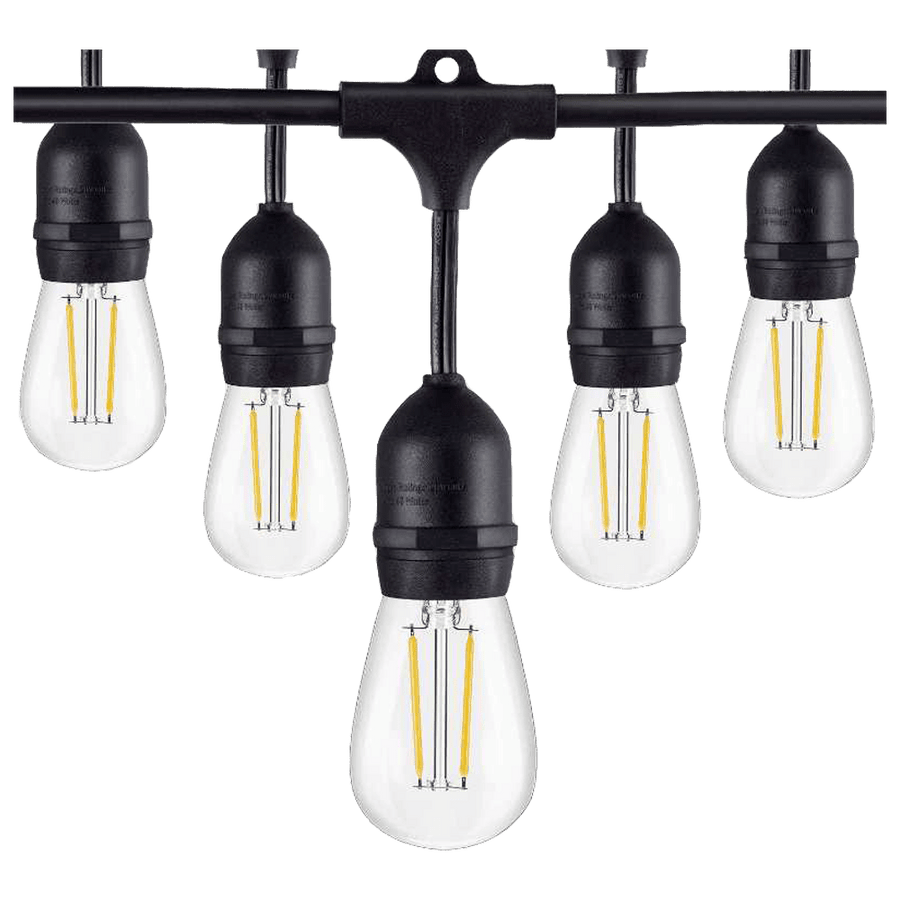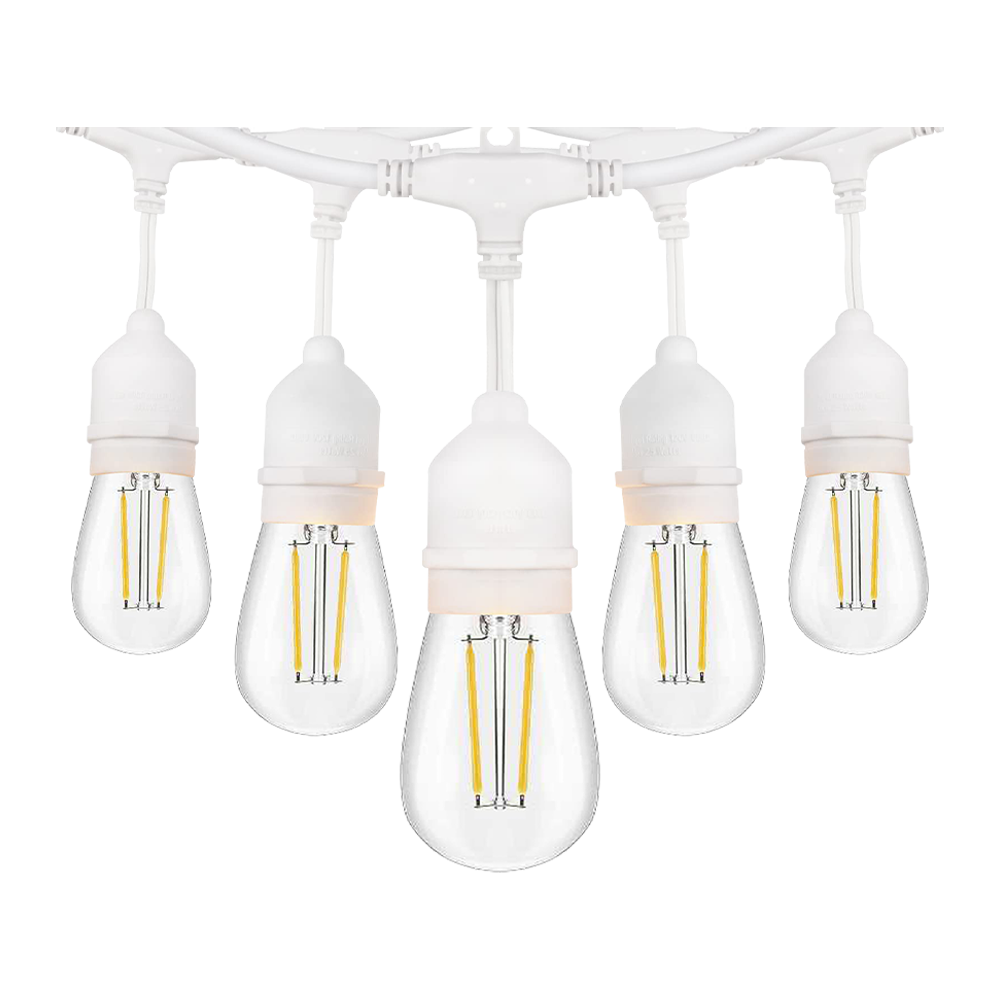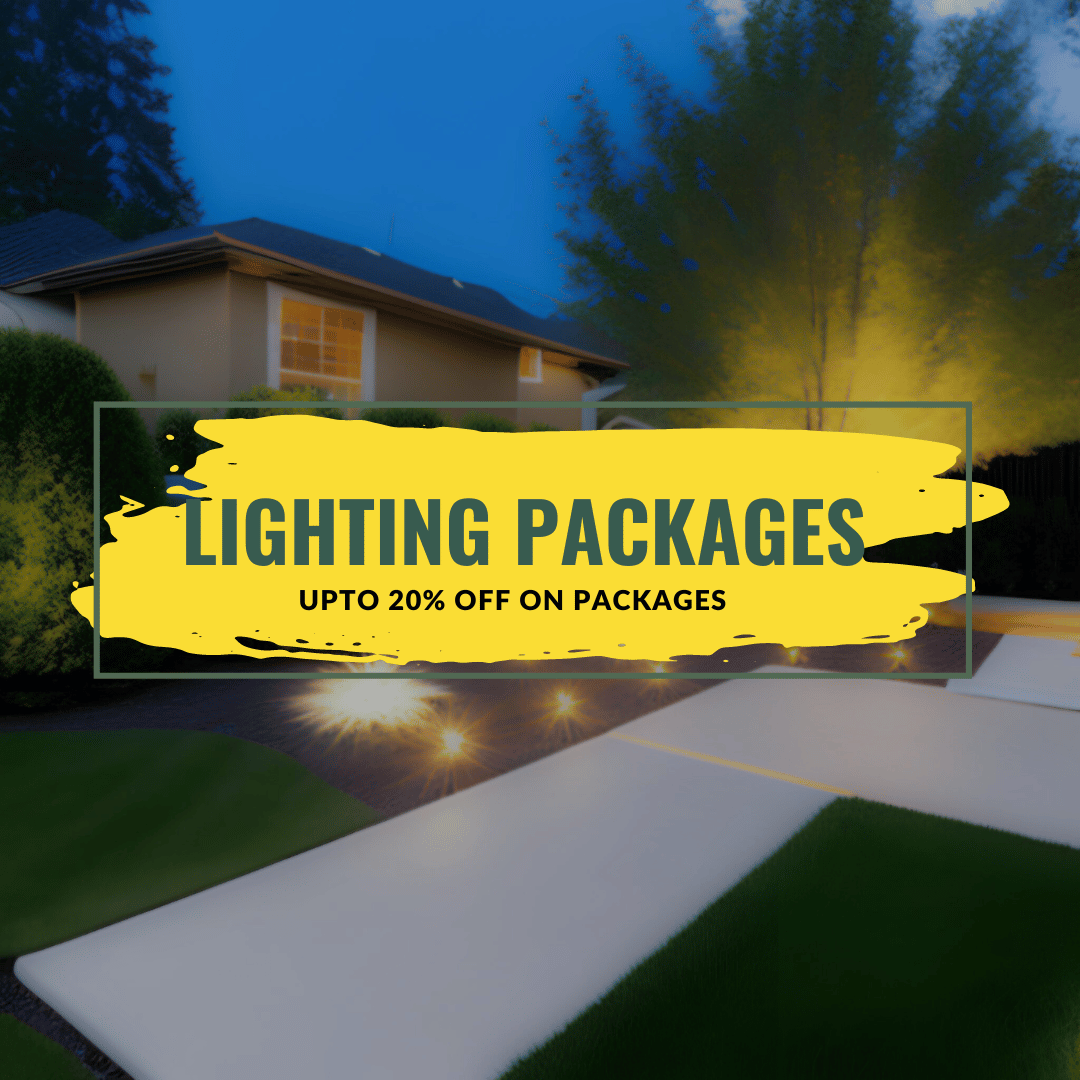Retaining Wall Lighting for the Landscape
Your home will look better if the retaining walls have landscape lighting added to them. It will produce a lovely sight and appear brighter and more open. Finding ways to produce landscape lighting for your walls might be challenging. There are a variety of options available. Different retaining wall light kinds have various effects and levels of functionality, depending on your location. There are a few options for retaining wall lighting.
Four Different Types of Outdoor Lighting for Retaining Walls:
The following light fixtures can provide the wall-grazing lighting effect.
1. Hardscape lights:
Outdoor lighting that is buried in or installed on the ground is known as "hardscape lighting." They can be put permanently between rocks, stone walls, or other awkward spaces.
2. Down lights:
Fixtures for down lighting are attached to the wall or the lip's underside. They illuminated the ground and wall from below.
3. Spot lights:
Spotlights at the Base: You may use spotlights at the base of your retaining wall to illuminate the wall itself as well as the surrounding landscaping or gardening.
Lights at the Top: Lights at the top of the retaining wall illuminate the area in front of it and the wall itself.
4. Recessed lights:
Recessed Lighting at the Base: You can install landscape lighting at the base of your retaining walls to either illuminate the wall or the surrounding area.
Recessed Lighting in the Wall: Lighting that is placed into the wall can produce a glow that emerges from the wall.
For Retaining Walls, Selecting Landscape Lighting:
Few people consider retaining walls to be useful locations. You can utilize retaining walls to make your landscaping more aesthetically pleasing. Planting can be supported by retaining walls, which can provide intriguing vertical lines in your landscape and special gardening opportunities. In the evening, retaining walls can be attractive if landscape lighting is installed. You should have knowledge about choosing landscape lighting for retaining walls.
What is the Purpose of Installing Landscape Lighting on Retaining Walls?
The most typical location for landscape lighting installations is retaining walls. They can be utilized for a number of things, such as privacy, safety, and aesthetics. The landscape lighting you choose for your retaining wall is crucial. It beautifies your house and garden while also preventing soil erosion and slipping.
How to Add Landscape Lighting above a Retaining Wall in 15 Easy Steps?
- The marker can be used to indicate where on the wall you want to mount your lights.
- Six to seven feet separating the measurement points.
- Hammer the hammer into the cracks between the top and the rock. If it doesn't fit, don't try to push it; just move it to another location. As you remove the stone, you will feel the glue become more weak.
- Where the capstone once stood, a cable needs to be installed.
- The wire is marked with the marker.
- Use the 4- to 4-and-a-half-inch diamond blade grinder to score the line down so that it can fit within the grinder. A half to three quarter inch deep is a good starting point.
- Mark the locations of the holes that will need to be drilled if you don't want to mount the fixture to the wall. It is feasible to use landscape block adhesive in place of this step.
- If you don't apply too much glue, the stones won't stick together and will come out the sides of the fixture.
- The masonry anchor drill holes should be three-quarters to an inch deep.
- Dust the holes and remove it.
- In these holes, insert the anchors.
- Verify that the fixture is installed.
- If you wish to create a waterproof connection, bury the wire behind the wall.
- After cleaning the stone, apply cement around the light.
- The capstone needs to be replaced.
FAQs
Q: What height is ideal for wall lights?
A: As a very general guideline, hang your wall lights around 60 inches (152 cm) off the ground. It's a good idea to space wall lights in a lobby or passage between 250 and 300 cm, or 8 to 10 feet, apart. To avoid looking into the bulb, the top of the wall light should be at eye level.
Q: How do you put lights in a retaining wall?
A: You can attach the lights to the wall's lip by using light-strips for that purpose. The wall's texture and patterns may be seen at night because to the light that is reflected off of it. Since they are hidden, no one can see the source, which results in an unsettling glow.
Conclusion:
You may improve your outdoor living space by using landscape lighting for retaining walls. Landscape lighting is a simple method to beautify your property, whether you want to improve the appearance of the interior or exterior. To help you maximize your lighting options, we've put up a list of landscape lighting tips and tricks.
You should go here if you want spot lights and hardscape lighting. Outdoor spotlights and Hardscape Lights.









